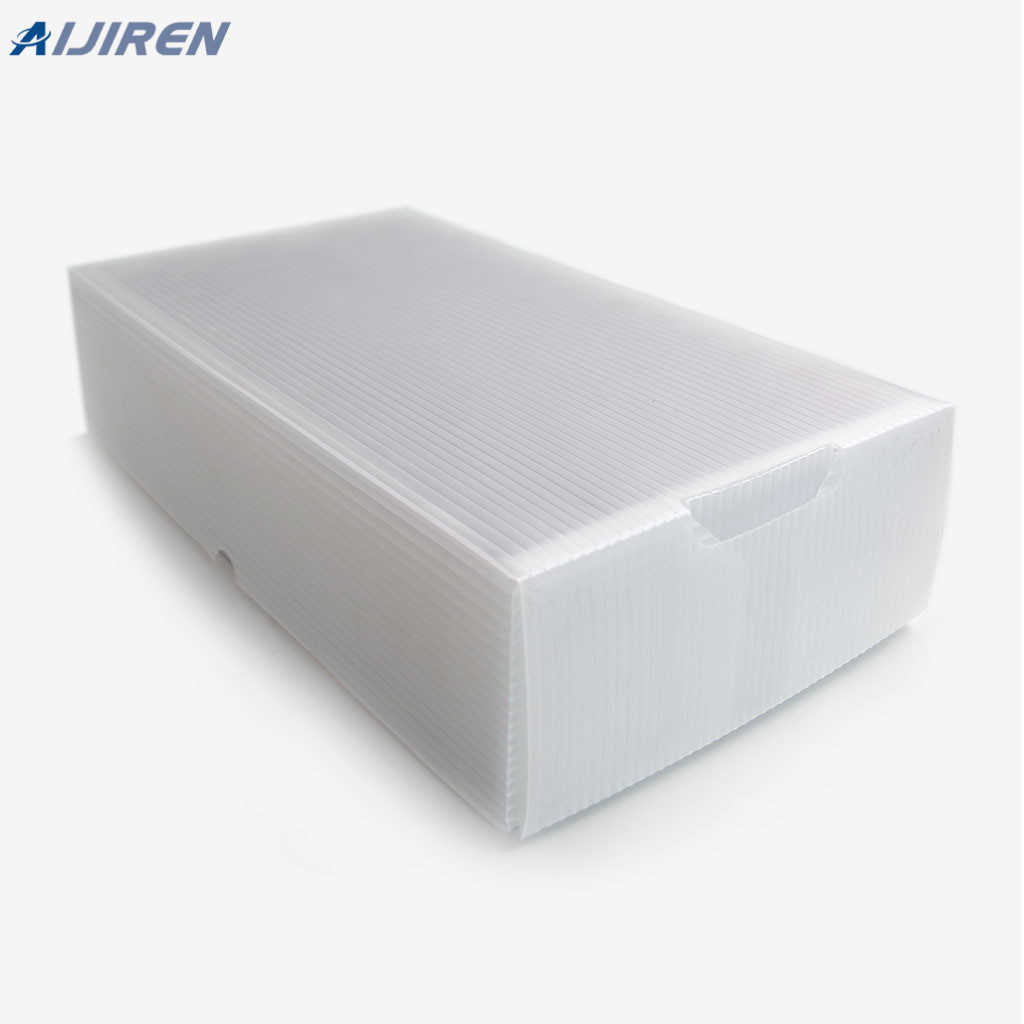
Using a custom fabricated cellulose acetate membrane, Ryu et al. created a further type of coculture system where cells on either side of the membrane were in much closer contact through the membrane pores. 74 The porosity of the membrane was shown to be greater than 50%, while the membrane thickness was less than 500 nm for all the pore diameters fabricated (0.1-, 0.4-, and 0.9-µm). In comparison to track-etched membranes with similar pore diameters, the new ultrathin cellulose acetate
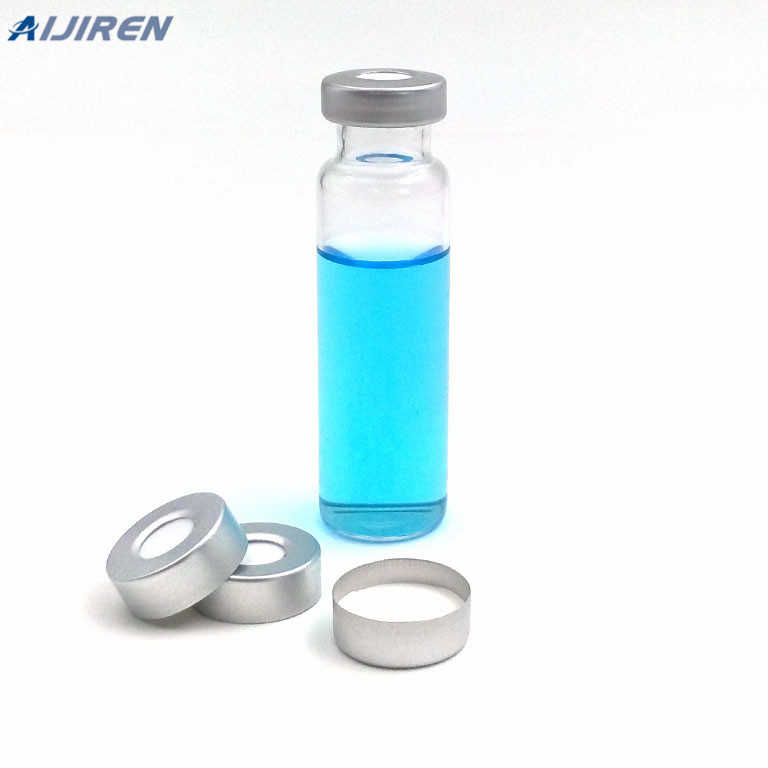
A membrane filter is composed of polymeric substances. Membrane filtration method requires an apparatus, i.e. membrane filtration assembly to perform the water analysis. A filtration unit comprises many components like a funnel, vacumn pump, filter flask, filter pump etc. Here, you will get to know the definition, summary, method, advantages and disadvantages of the membrane filtration method.

There are a wide array of laboratory applications that use membrane filtration processes and for various reasons. Some of the common applications include: Gas, oil, alcohol or bacteria filtration Ground water and waste water filtration Industrial water filtration Chemical filtration Beverage filtration Tissue culture media filtration

May 10, 2016 · Sterilizing filtration is the most widely used sterilization method as, unlike other methods, it produces no alterations to the physicochemical properties of drugs and is performed using membrane filters with pore size 0.22 μm made, mainly, of capron, nylon, and cellulose, as well as other microporous materials.
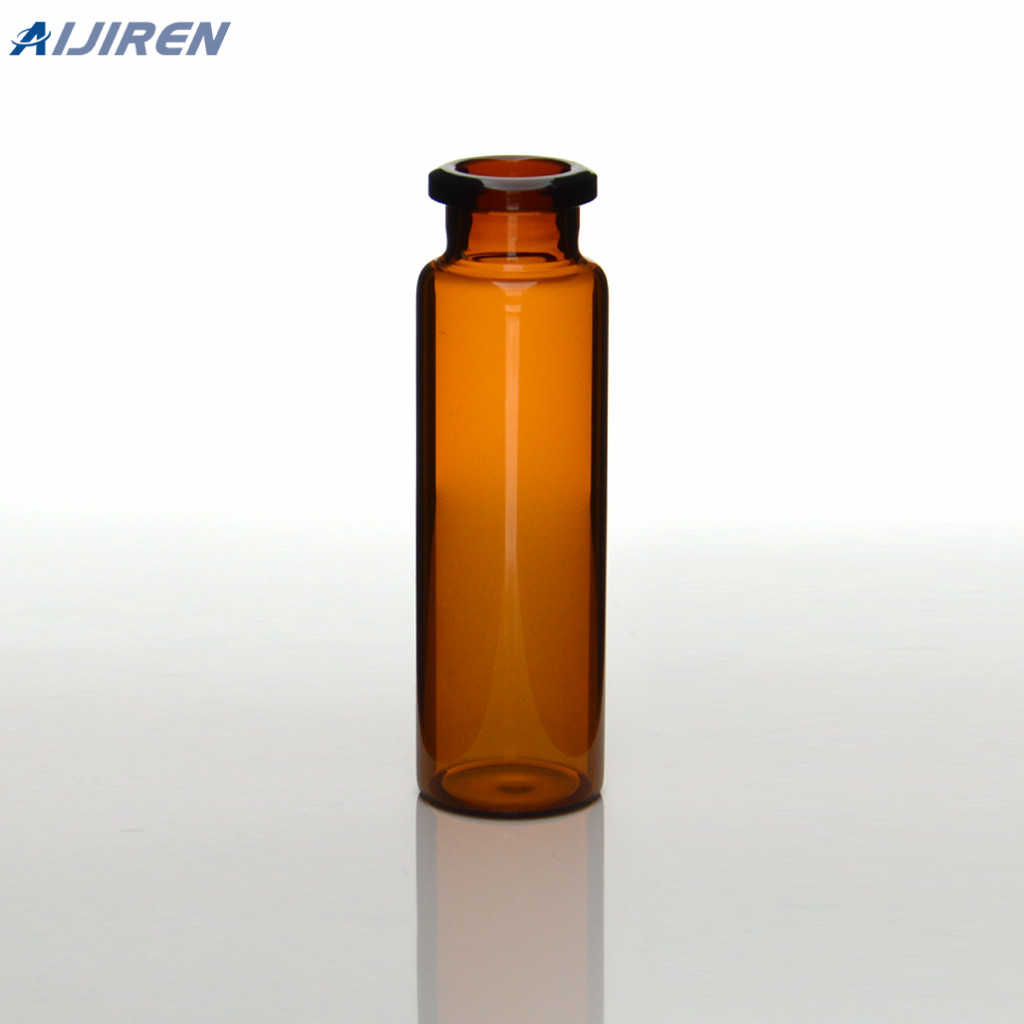
LifeTec™ depth and membrane filters for pre-, fine and sterile filtration with high filtration performance, excellent flow rate as well as mechanical stability. The process and its use since September 2020 can already be assessed positively throughout. With very constant flow rates, product losses were decisively reduced and also the modular

Sterile Membrane Filters 0.45 at Thomas Scientific 2022 06 08 Polyethersulfone (PES) membrane for high flow and low binding Two membrane pore sizes: 0.22µm or 0.45µm Filter systems include bottle top filter and solution bottle with cap Bottle top filters fit standard 45mm threaded solution storage bottles Packaged sterile (gamma irradiated

Define sterilization The destruction or removal of all microbes through physical or chemical means. Define Sterile free of all viable microbes, including viruses and endospores Define disinfectant A chemical that kills many but not all microbes. used on surfaces. Define antiseptic a disinfectant nontoxic enough to use on skin.
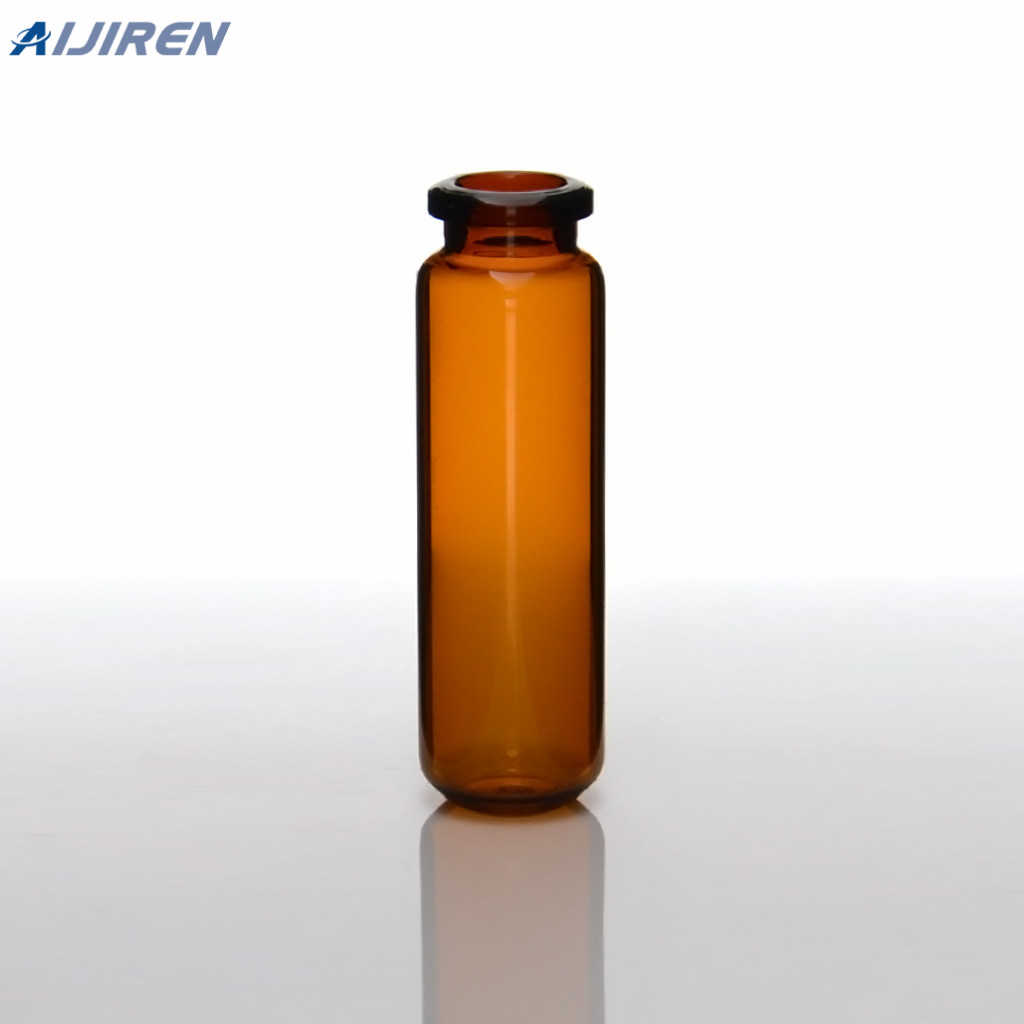
Oct 25, 2016 · Membrane filtration process is a physical separation method characterized by the ability to separate molecules of different sizes and characteristics. Its driving force is the difference in pressure between the two sides of a special membrane. Membrane technology enables you to bring down overall production costs, and boost product quality at

Membrane filters are either hydrophobic or hydrophilic. The rate of flow through a filter is affected by the resistance of the filter, the viscosity of the solution, and pressure. Filters are commonly composed of mixed esters of cellulose, polysulfone, polyvinylidene difluoride, nylon 66, polycarbonate, or polytetrafluoroethylene.
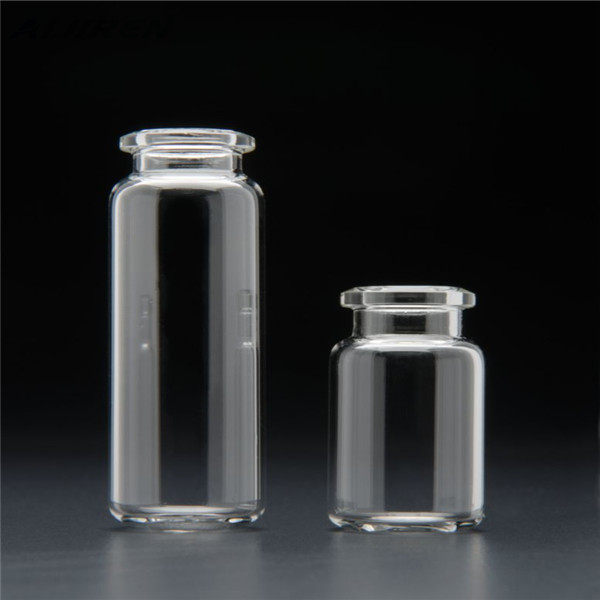
Typically, the membranes used for filter sterilisation of liquids are made of cellulose esters or other polymers and have pore diameters between 0.2 and 0.45 μ m. As medium passes through the filter, bacteria and other particles with dimensions greater than the pore size are screened out and collect on the surface of the membrane.
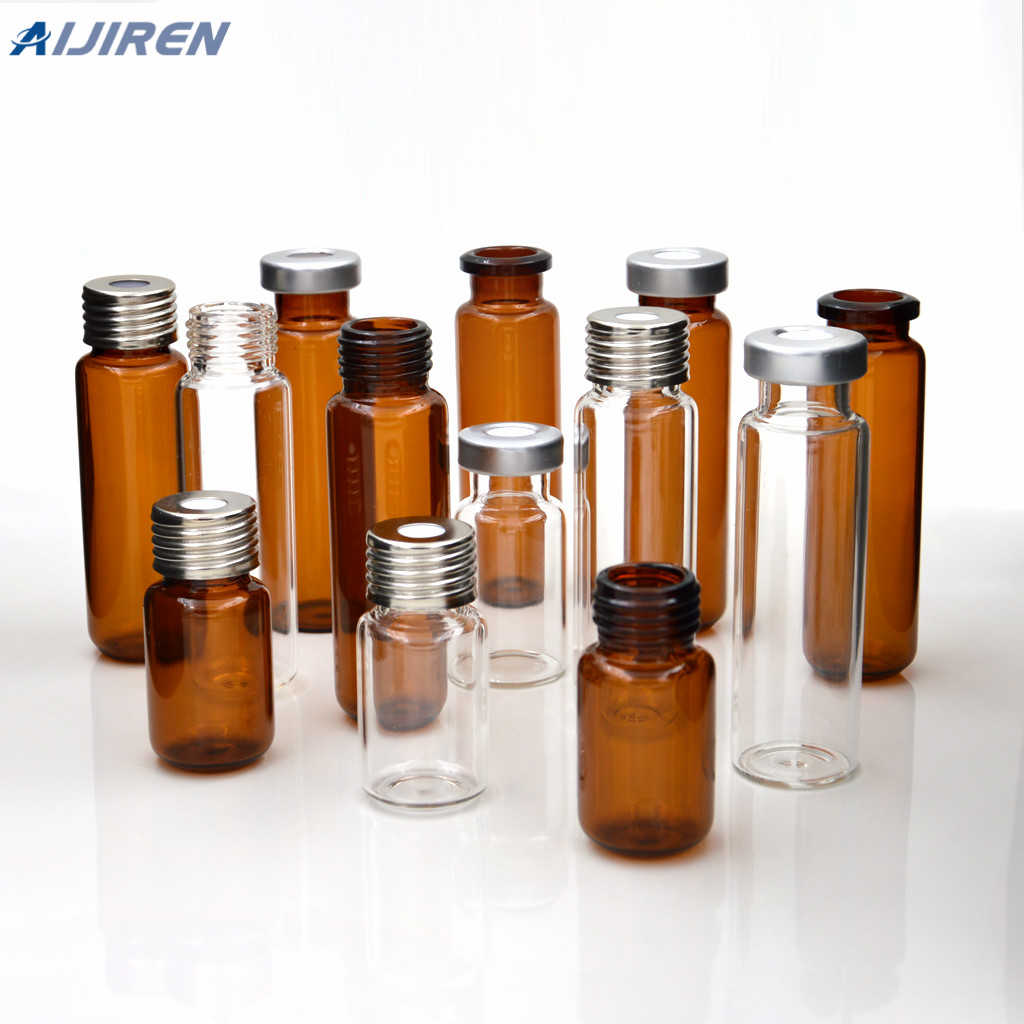
Feb 27, 2018 · Food/ beverage and pharmaceutical customers frequently use microfiltration membranes for removal of microbial contamination in liquid or gas process streams. Microbial contaminants can be any of a variety of species of bacteria and yeast of varying size and concentration. Removal of these organisms is essential in the food/beverage industry to

May 07, 2021 · Membrane filters sterilization is used during injection by placing the membrane between the syringe and the needle. It has high porosity, with a faster flow rate, suitable for clarification and disinfection of aqueous sample solution of base water, filtration of gas particles and bacteria, alcohol, and particulate bacteria filter.
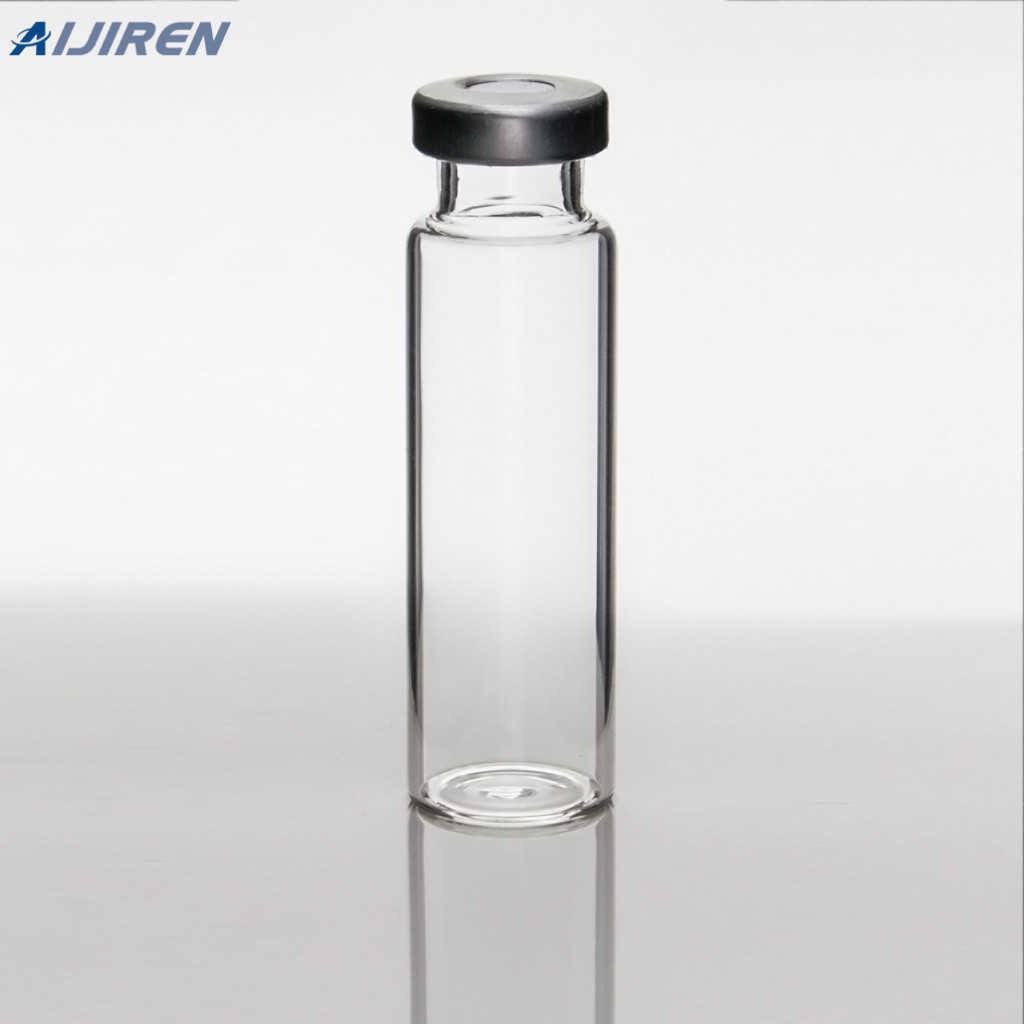
2. Filter Sterilisation Filtration is used for the removal of microbes from solutions that cannot easily be treated in other fashions. Typically heat-sensitive compounds such as antibiotics and vitamins are filtered before addition to sterile cool media. In the food industry, filtration finds utility in beer making to remove yeast before final
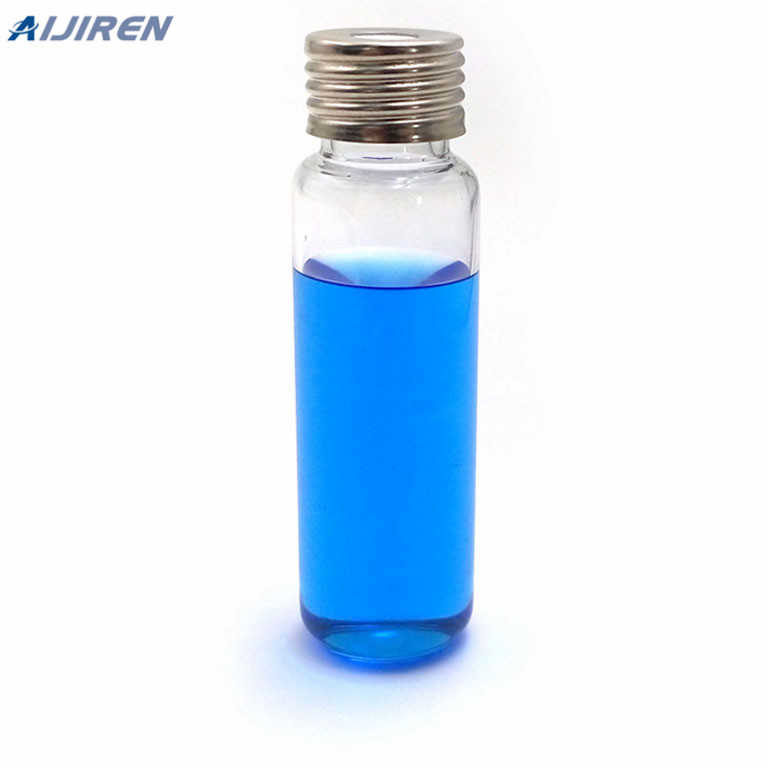
These are standard membrane filters used for different applications in laboratories such as air monitoring, contamination analysis, microbiology, and sterilization of biological fluids. Cellulose acetate These filters include cellulose diacetate and triacetate. They're sterilizable, have a high strength, and a low static charge.